
Why cinema was originally invented? Why do the masses flow toward the projection rooms to such a great and undiminished degree since the dawn of filmmaking?
It’s quite clear that a motion picture acts like a linear medium of entertainment, glibly stirring a variety of emotions and thoughts. Yet, the quintessence of the seventh art hides a temple of sacred truths which come to the surface step by step, and if the receiver is willing enough to confront them and along these lines, incur an inner transformation.
Behind any creation of artistic cinema looms the cerebral entity of an offbeat observer. A filmmaker grasps the ordinary details of life in an underground way, and craves exposing his glassy thoughts to others. In this manner, the following movies are aspects of ideas that sprang from people who made cinema out of need, directing their personal philosophy to people who watch cinema out of need as well.
15. Caro Diario (1993)
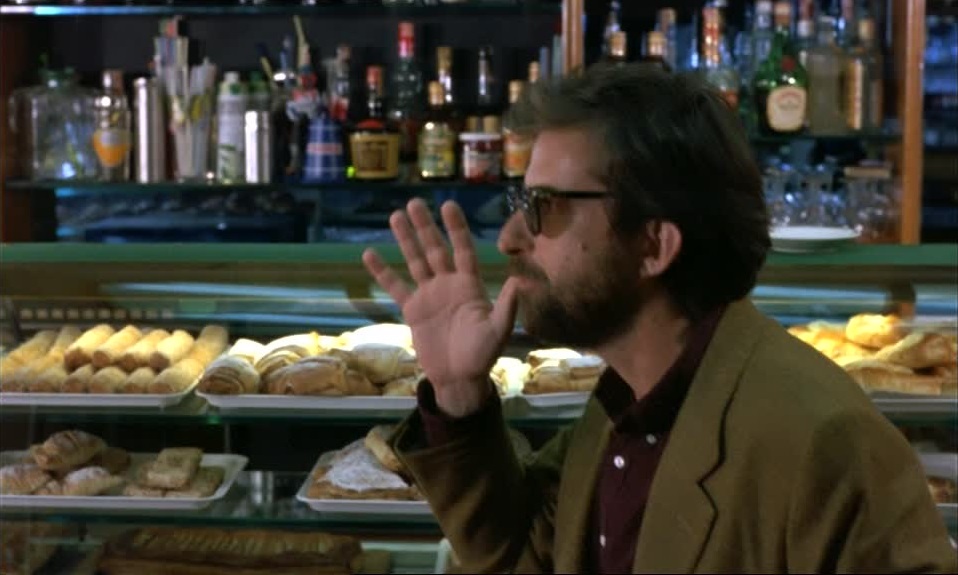
Italian director Nanni Moretti displays his passion for cinema through an authentic and self-explorative film. Carrying out a road trip in Rome and visiting several remote Italian islands, Moretti wonders about the significance of simplistic beauty and the progress of societal trends. Moreover, through an ineffective battle with a sudden illness, he unconventionally focuses on the lack of inspiration.
Wandering the streets of Rome with his motorcycle as if he has no destination, Moretti observes the facades of buildings, explores ordinary neighborhoods, and drives by his favorite spots. Throughout this navigation, he notices that cinemas don’t play good movies during summer and queries the impartiality of film critics, revealing a hearty love for the authentic aspects of the seventh art.
Moretti visits the place where Pier Paolo Pasolini was murdered and attempts a deep introspection, observing humanity from a distance in several different settings. What does he really struggle to find out? He essentially fights against the most relentless enemy of an artist: the fiendish fading of creative heat.
Perhaps this film doesn’t make a lot of sense for a spectator who has nothing in common with Moretti. On the other hand, a true cinephile can’t help but sympathize with this quirky man. He is one of those individualistic people who would film themselves dancing in front of a vintage film, speaking to strangers in the streets, and gazing upon the moves of nature. This is what a film lover does every single day, or what a romantic filmmaker does through their work.
14. Behind the Screen (1916)
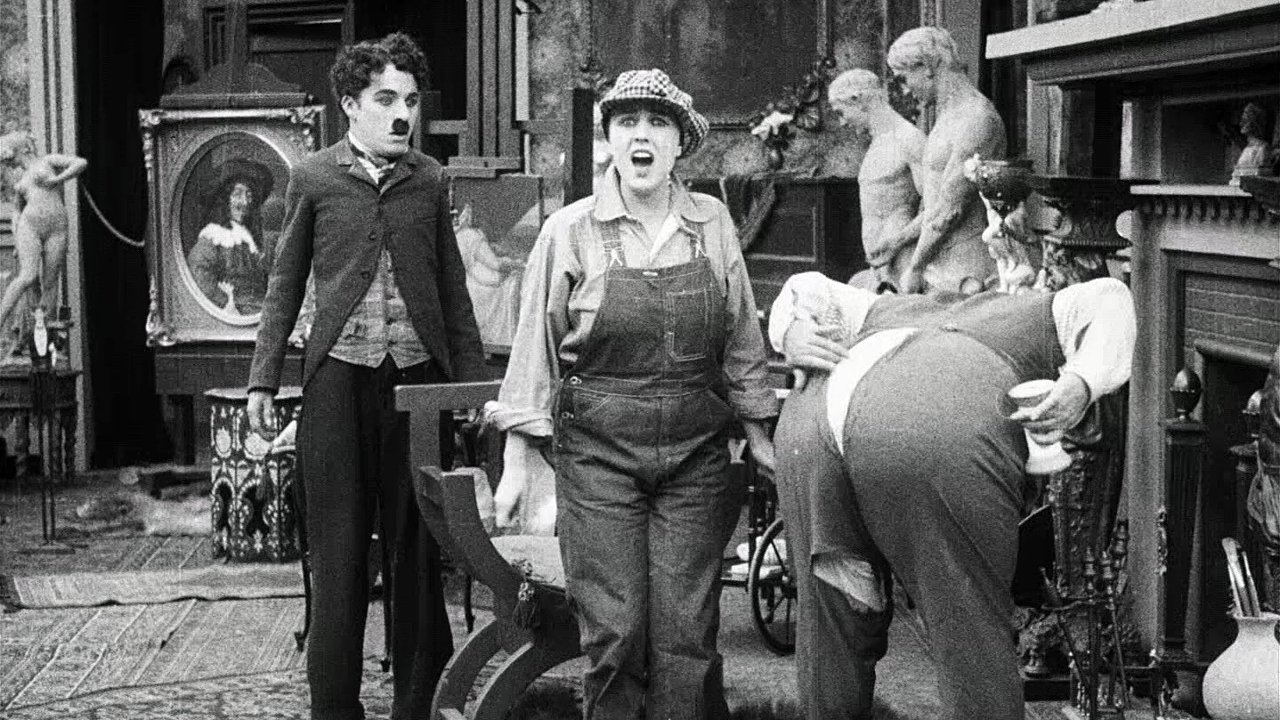
The undying battle between pure artistic intentions and beneficial factors had already taken off since the very first steps of filmmaking. Charlie Chaplin in his short film “Behind the Screen” illustrates in comical terms the drama behind the drama, utilizing his usual rebellious mood and captivating honesty.
A film studio is governed by an imperious temporizer who is exclusively interested in earnings. Aiming at plural film productions at the same time, he excessively sponges off the forces of his laborers. Meanwhile, an ambitious actress hankers to be in the film industry, but she’s sharply impeded. Therefore, she is motivated to disguise herself as a man and join the technical staff of the studio.
Chaplin embodies a worker who falls for the young actress once he discovers her identity, and avoids taking part in a strike for her sake. Anyhow, the strike rages, leaving no one intact. Chaplin stars in a mock-tragic cake battle against the boss. It’s a battle between David and Goliath. It’s a battle against the overbearing forces which mean to capitalize the original passion for art and cinema, in front and behind the screen.
Every film lover would desire to have a look behind the screen, in 1916 or during the 21st century. By traveling to the charming era of silent cinema and experiencing Chaplin’s unparalleled artistic style, a cinephile draws plenty of pleasure by watching the 25 minutes of “Behind the Screen.”
13. Opening Night (1977)
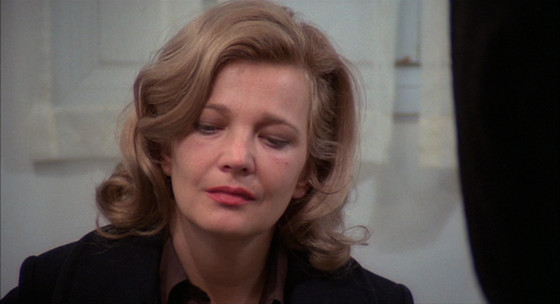
She always has a sad expression. She suggests that embodying a role is like lovemaking, and in this manner, acting is a situation interwoven with youth, emotional vigilance, and physical beauty. Myrtle Gordon is a successful actress, unwilling to accept that time passes by, essentially denying the attenuation of her powers. Through a role that describes plenty of her characteristics, she is inescapably confronted with her internal demons.
Adding insult to injury, a young female fan dies in cold blood when she attempts to meet her. Myrtle, during her rising mental crisis, perceives this death as quite symbolic. The girl appears in front of her eyes again and again, representing a young version of Myrtle. A harassed situation evolving in her head gets a rise out of an illogical behavior: she denies following the lines of her role, applying long improvisational monologues which carry away co-protagonists and audiences.
Why is this film aimed at cinephiles? John Cassavetes’ “Opening Night” exposes the truth behind a performance, focusing on the people who have dedicated a lifetime to movies and theater. This film, without involving even a drop of pretentiousness and through its deeply sincere performances, highlights the veritable scope of cinema, which is to say the blunt truth, accept the human weaknesses, honor life, and deal with the relentless concept of time that erodes the glory of youth.
12. Nuovo Cinema Paradiso (1988)
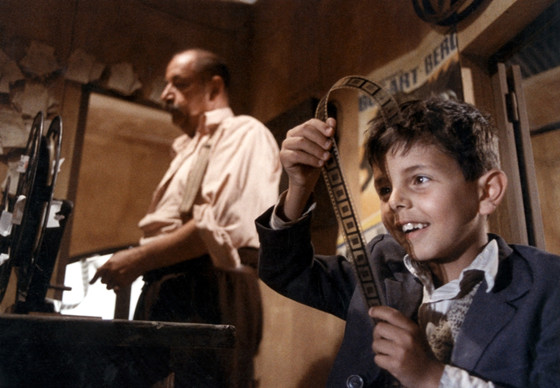
Emitting a nostalgic ambience and exposing touching iconic pictures, through its unforgettable original score, “Nuovo Cinema Paradiso” is a hymn for the seventh art. Giuseppe Tornatore brings to mind one’s primal cinematic experiences and effortlessly evokes a kind of piercing romantic emotions.
A successful director, Salvatore, returns to his provincial hometown and visits the only local cinema. There, he unexpectedly meets a projectionist who perceives his occupation as a deterministic mission, thereof a simple way of making his own living. Alfredo performs his duty with reverence, subconsciously enjoying his contribution to the local artistic education and spiritual progress.
Visiting a place haunted by memories, and through Alfredo’s presence, Salvatore experiences flashbacks to the holy years of childhood and carries out an emotionally charged journey within his mental cinematic lands, narrating an abstract story of filmmaking history, in conceptual and technical terms.
This film, in its simplistic artistic character and pure spirituality, is a tribute to all those who have devoted their lives to cinema, in one way or another. It’s an allusion to all those daily artists that take delight in the sound of the film reels and stand motionless in front of the closed red curtains of a projection room.
11. The Artist (2011)

Amidst an era of rising technologies that have spread a satisfying flexibility in relation to the quality of digital image and visual effects, Michel Hazanavicius creates a silent movie. Apparently, this piece is meant to cover a time that seems to be chaotic ‒ even if it isn’t ‒ proving that times change but stay unspoiled.
The film’s charming essence is reflected behind its protagonists’ alluring characters and cult placement in their space-time framework. Jean Dujardin as George Valentin disposes all of the glamour that defines a real-life star of silent movies. Talented, jovial and determined, Bérénice Bejo as Peppy Miller needs only a beauty spot in order to be transformed into an appropriate dancer for the demanding world of spectacle.
As though it’s another time machine for film lovers, the outstanding film “The Artist” follows the story of a successful actor who progressively loses his fame, while the film industry modernizes. French director Hazanavicius gently comments upon the ineluctable progress of filmmaking throughout the years, expressing his nostalgic mood about cinema’s pure primal beauty.
10. 11 x 14 (1977)
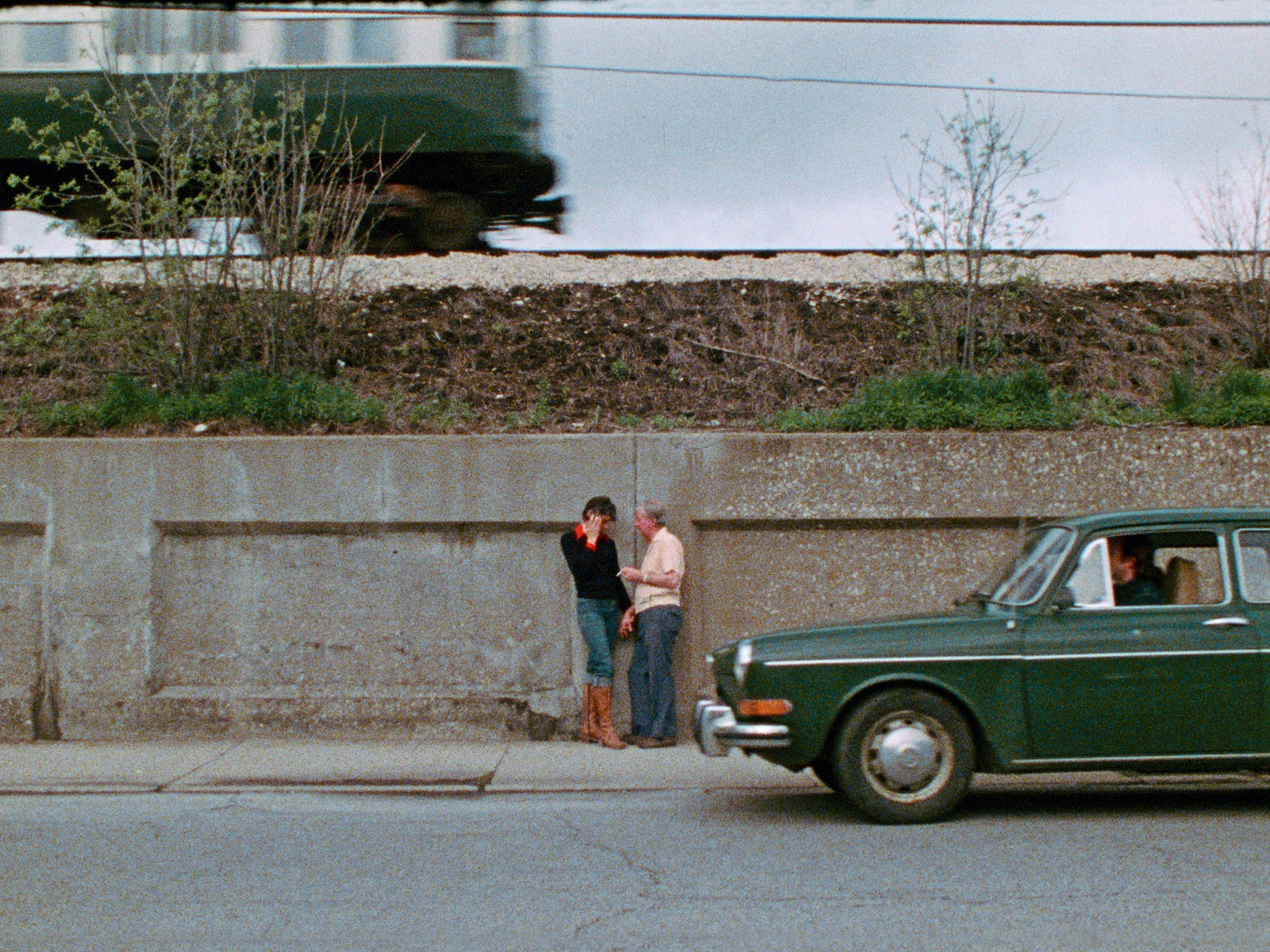
Silent, evasive and persistent, the film “11 x 14” engraves new cognitive canals to dawn upon reality and customary constructed scenery, through an ultra-minimalistic and liberal left-bank angle. American director James Benning accomplishes a pioneering artifice: protractedly exposing an ordinary daily setting, he leaves the cerebral activity no choice but to deal with the context behind the scenes.
It seems like it’s early in the morning, and a constantly disturbing sound awakes a sluggish laborer again and again during his long journey in a wagon. An industrial chimney unleashes great amounts of atmospheric pollutants, disrupting the sky’s intense blue color. In a tranquil environmental setting, huge advertising billboards and noisy vehicles interrupt the silence.
These are some of the film’s oversimplified but comprehensive scenes, portraying the human insistent presence, equivocal beauty, and an intervening attitude toward nature. Perhaps this piece is quite unapproachable for most spectators. Yet, it probably is a unique and unforgettable filmic experience for every passionate cinephile.
9. Clouds of May (1999)
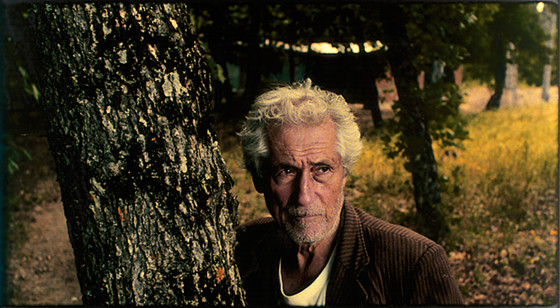
Turkish director Nuri Bilge Ceylan creates a film about himself creating a film. Oftentimes and in essence, a filmmaker’s inspiration proceeds from primal experiences, and as follows, the occurring cinematic creations, in a smaller or greater degree, reveal an autobiographical character. In such a way, in his film “Clouds of May,” Ceylan is supposed to return back home so as to film a few typical countrymen in their natural setting.
The storytelling is distinguished by an extraordinary double focus on Turkish provincial lifestyle. Abstaining from prettifying techniques, Ceylan purely depicts the authentic lyricism of nature and the raw beauty of mankind, dealing with ordinary figures and their timeless problems.
During this meaningful conceptual stay in his territory, Ceylan attempts to distantly observe the life of those broad-based people, as an unbiased journalist, but he effortlessly finds out that he’s a part of this land and respectively, this land is an inextricable part of him. This film, evolving within another film, is an act of must-have self-exposure which encloses Ceylan’s fundamental motives and quintessential worldview.